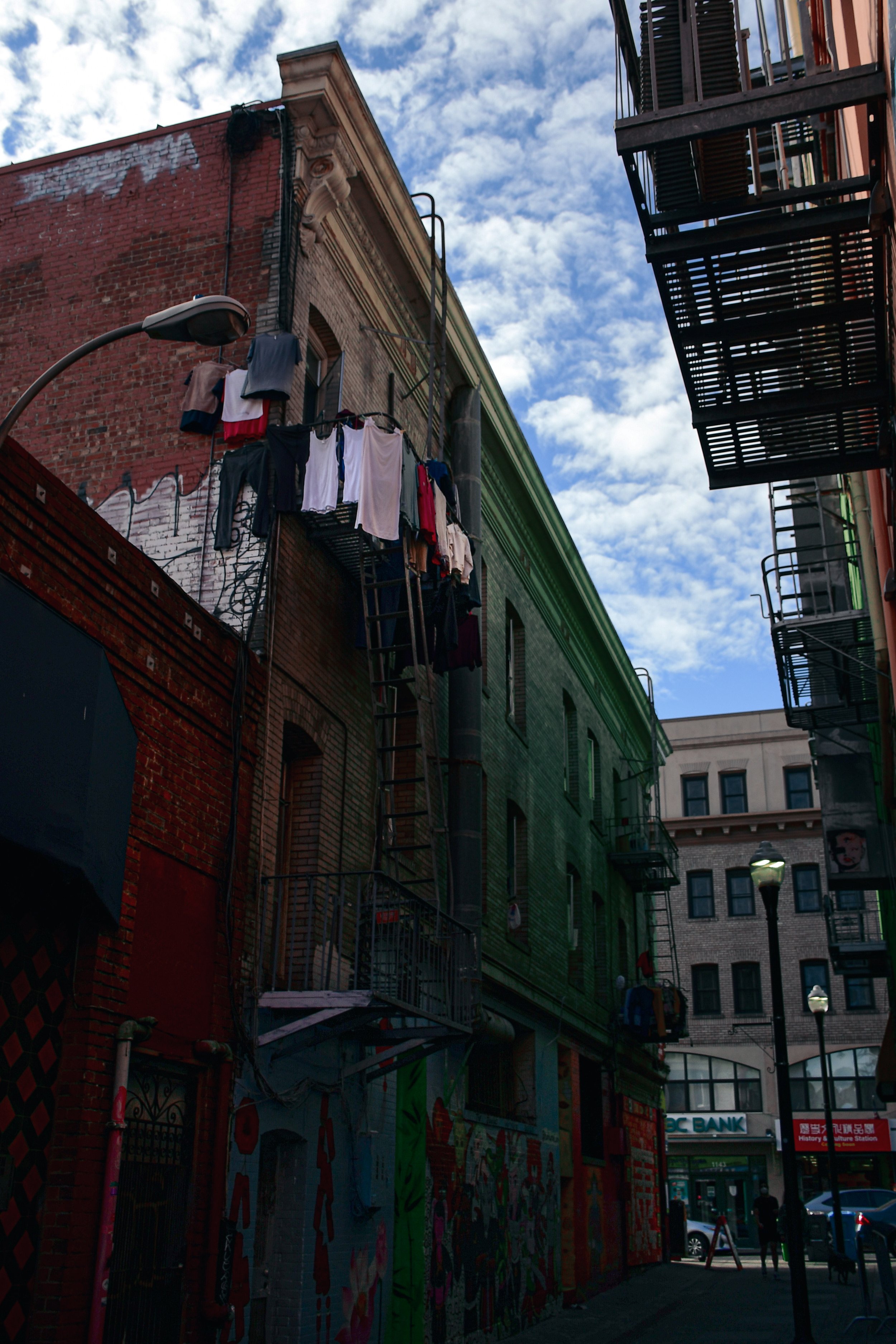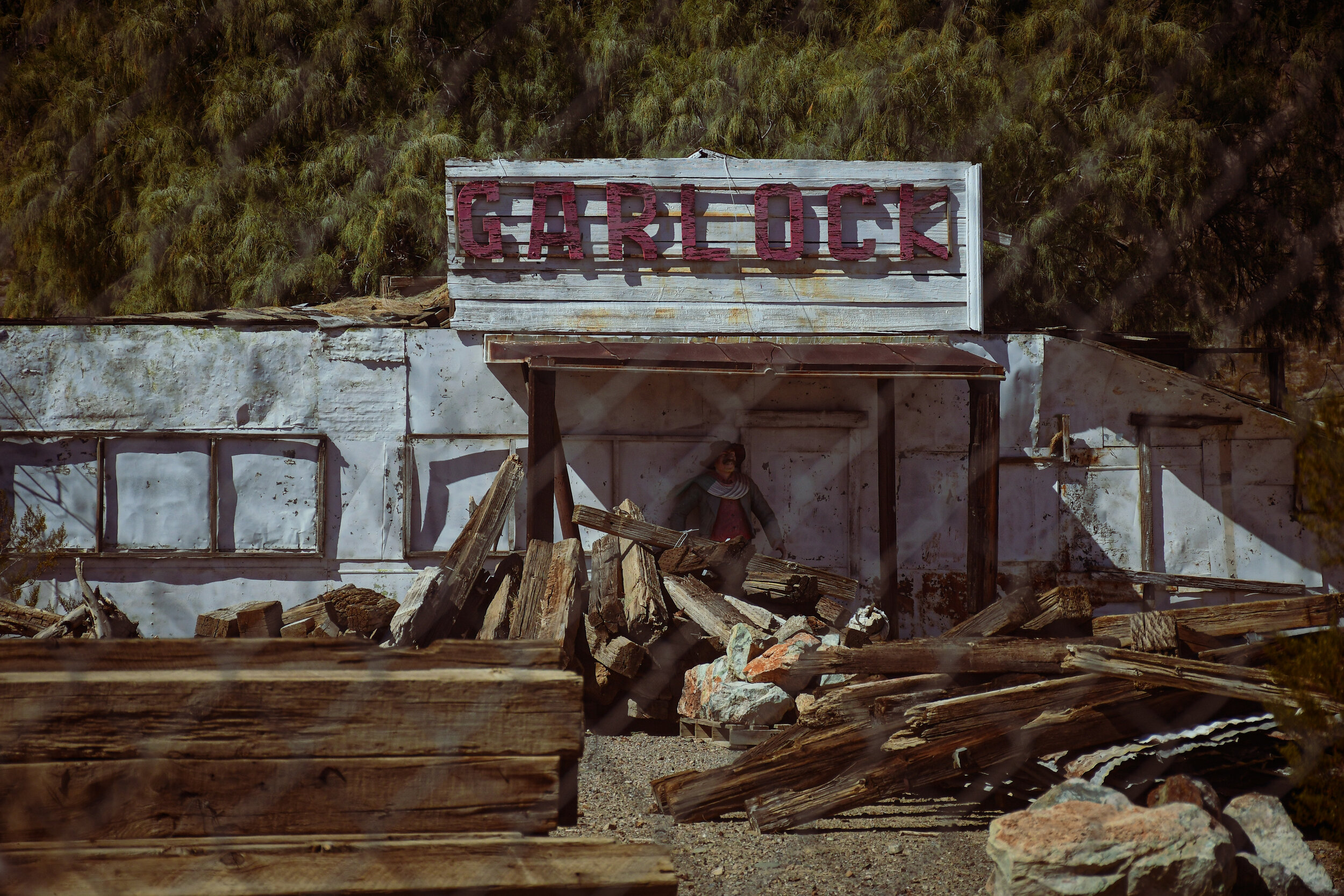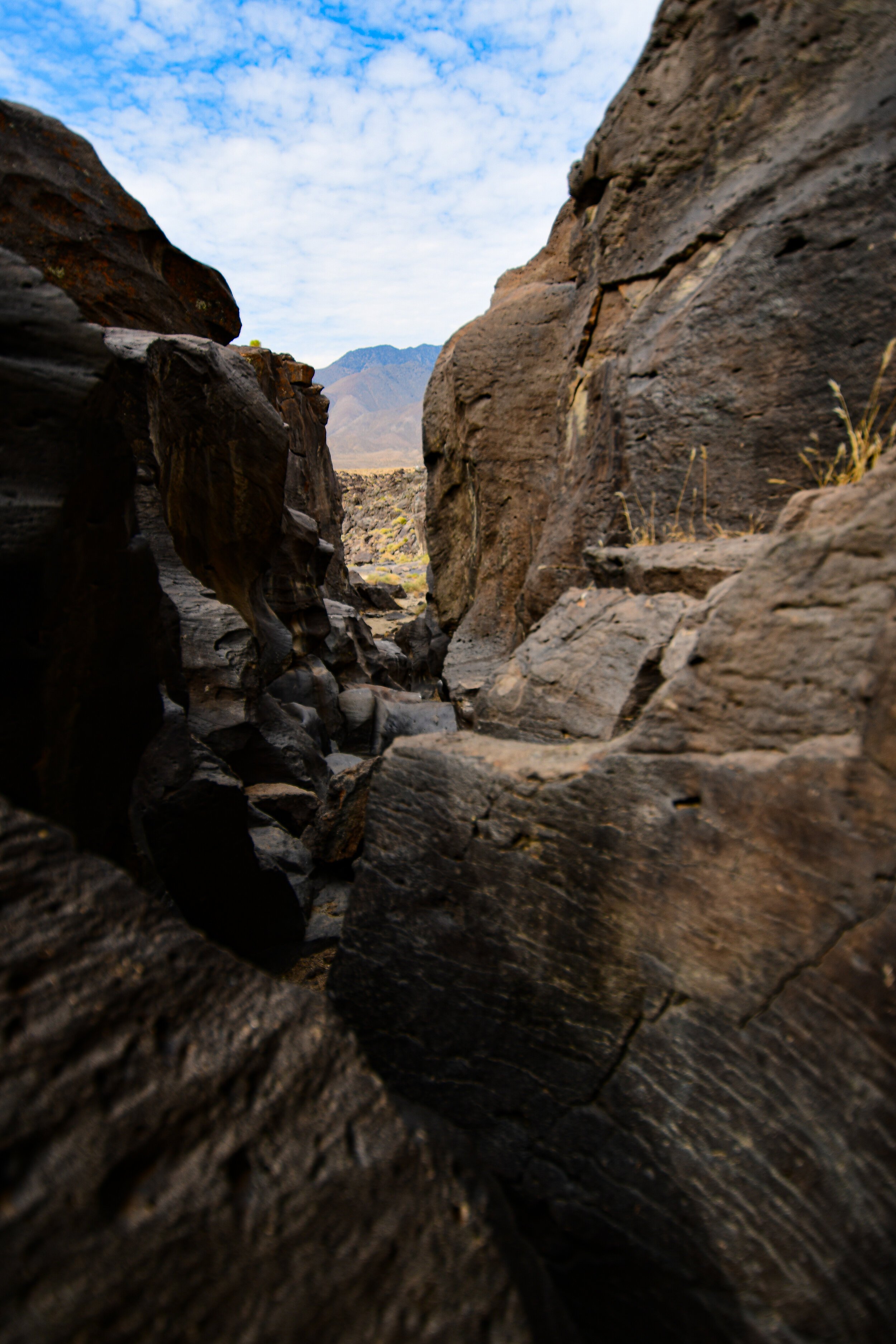by 1898 garlock was losing its luster. the development of stamp mills & support towns nearby in barstow & other places made garlock’s offerings obsolete. by the time a stamp mill was opened in randsburg in 1903, garlock was fading fast. its founder died in 1907, leaving behind a ghost town.
william “burro” schmidt was perhaps garlock’s most well known resident. in the early 1900s he decided to tunnel through the el paso mountains with the stated purpose of creating for himself a “shortcut” between local ore mills & his mining claim nearby. schmidt seems to have fudged the details about the reason for his tunnel, however, since it begins at his homestead & spits out on a 4000 foot high ledge a distance away from his claim. the tunnel, just over half a mile long, took schmidt 36 years to dig using only a combination of hand tools & dynamite.
area residents thought schmidt out of his mind, especially after a road was constructed nearby making the need for a tunnel obsolete. he embraced his status as a crazy tunneler & publicly declared that he was obsessed with the dig & had no intention of stopping. privately, it seems his work was actually much more logical: he was following a thick vein of gold & copper through the mountain.
schmidt never mined the ore he found in his tunnel however. he died in 1954, a high desert legend. the town of garlock was made a california historic landmark in 1958. it is now largely private property & is partially fenced. burro schmidt’s tunnel still exists, managed by the bureau of land management & accessible by a poorly maintained dirt road. entering it is not recommended.





















































